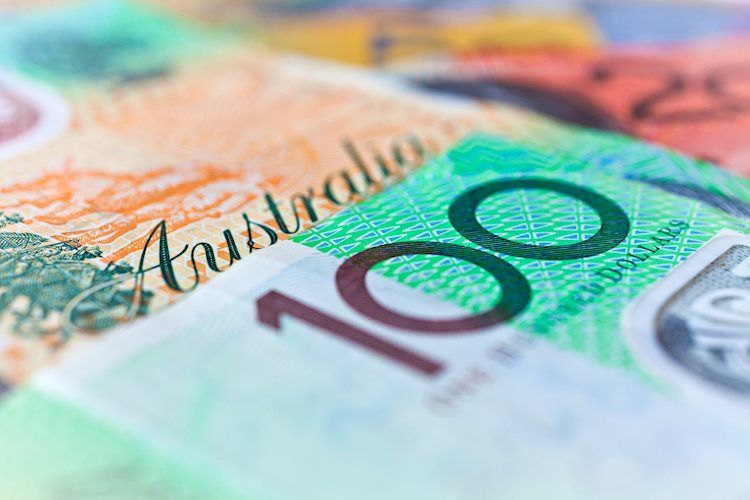The AUD/USD declined by 0.20% to 0.6710 in Friday’s session as the US Dollar weakened, despite the weakening US Dollar following comments from a “Fed whisperer” that raised the odds of a 50-basis-point rate cut at the Federal Reserve’s next meeting. In contrast, the Reserve Bank of Australia (RBA) remains hawkish, with Governor Bullock stating that it is too soon to consider rate cuts due to high inflation. The divergence in monetary policy expectations between the US and Australia is influencing the movement of the AUD/USD pair.
The uncertainty in the Australian economic outlook is reflected in the cautious approach of the Reserve Bank of Australia (RBA) to interest rates, with financial markets expecting only a modest interest rate cut of 0.25% in 2024. This shift away from previous expectations of more significant easing reflects the RBA’s concerns about inflation and its focus on maintaining price stability while supporting economic growth. Despite these challenges, the RBA’s hawkish stance continues to lend support to the Australian Dollar.
In the wake of reports suggesting a possible 50bps cut at the FOMC meeting next week, US Treasury Yields declined sharply, with markets fully pricing in a 25 bps rate cut. The Fed whisperer’s comments and the close call on the Fed’s decision next week are contributing to increased expectations of a larger rate cut. Meanwhile, RBA Governor Bullock’s hawkish outlook underscores the contrast in policy stances between the US and Australia.
The technical outlook for the AUD/USD pair shows mixed momentum, with the pair facing resistance at the 20-day SMA. The decline in the pair in Friday’s session is accompanied by a decrease in buying pressure and steady selling pressure. Support levels are identified at 0.6650, 0.6600, and 0.6550, while resistance levels can be found at 0.6735 (20-day SMA), 0.6750, and 0.6800. The overall outlook suggests that the pair may continue trading sideways in the near term.
Factors such as interest rates set by the Reserve Bank of Australia, the price of Iron Ore, the health of the Chinese economy, inflation, growth rate, Trade Balance, and market sentiment all influence the value of the Australian Dollar. The RBA’s monetary policy decisions play a significant role in shaping the AUD’s value, with interest rate changes impacting the currency’s strength. Australia’s close economic ties with China and the price of Iron Ore also contribute to the AUD’s movements in the foreign exchange market.
In conclusion, the AUD/USD pair continues to face downward pressure despite a weakening US Dollar, as expectations for US rate cuts rise sharply. The contrasting policy stances of the Federal Reserve and the Reserve Bank of Australia highlight the diverging economic outlooks of the two countries. While the RBA remains hawkish due to high inflation, the potential for a larger rate cut by the Fed is driving market sentiment. The technical outlook for the AUD/USD pair shows mixed momentum, with support and resistance levels identified for traders to monitor. Overall, the uncertainty surrounding monetary policy decisions and economic conditions will continue to influence the AUD/USD pair in the near term.









